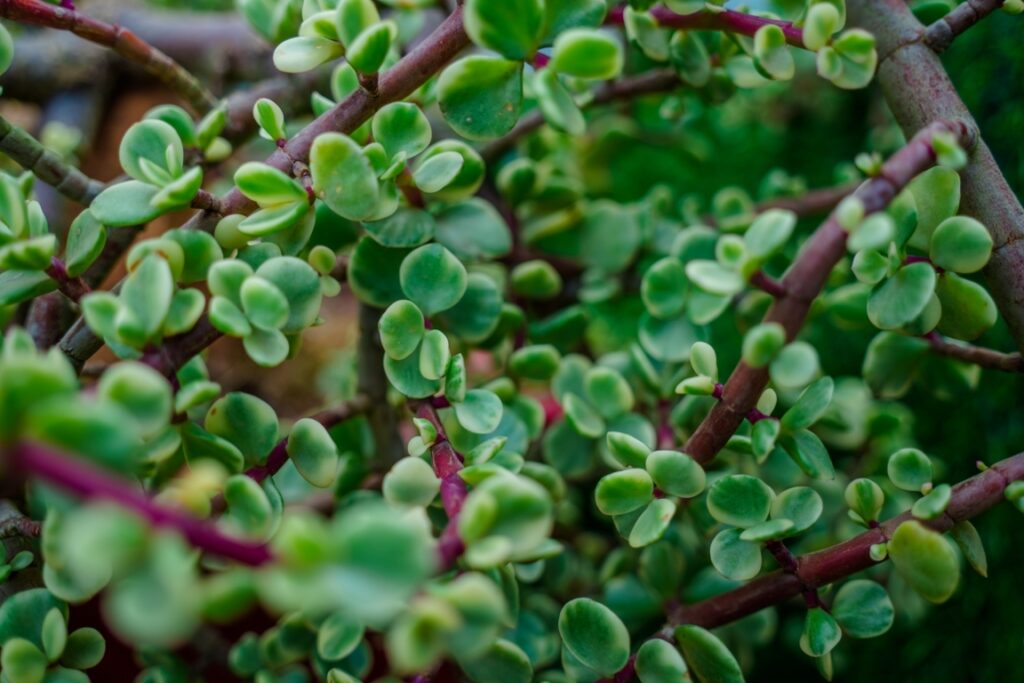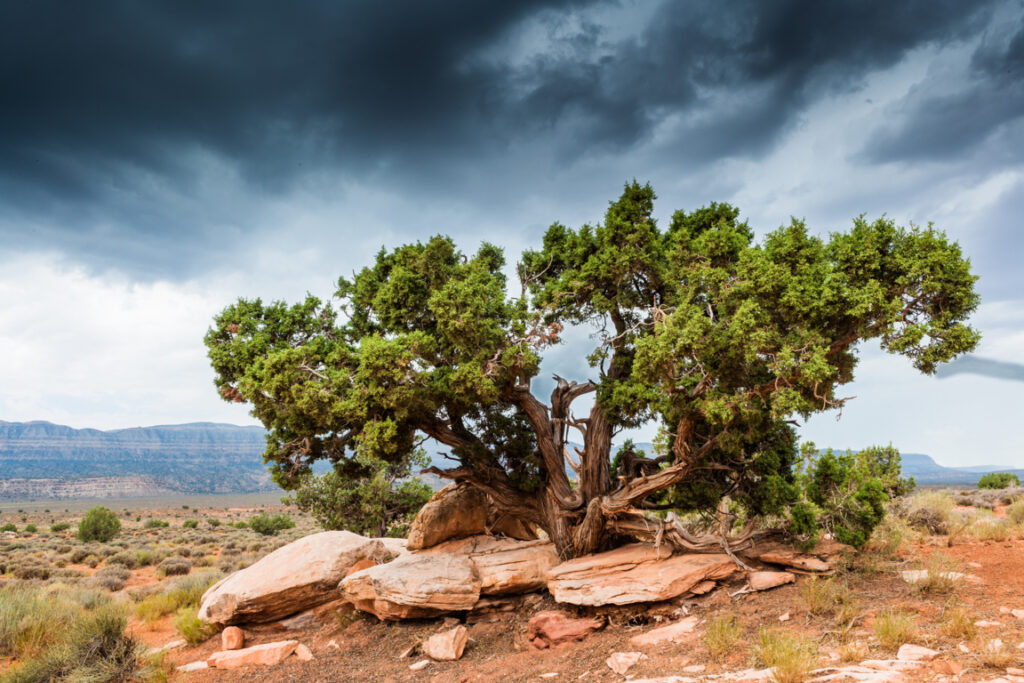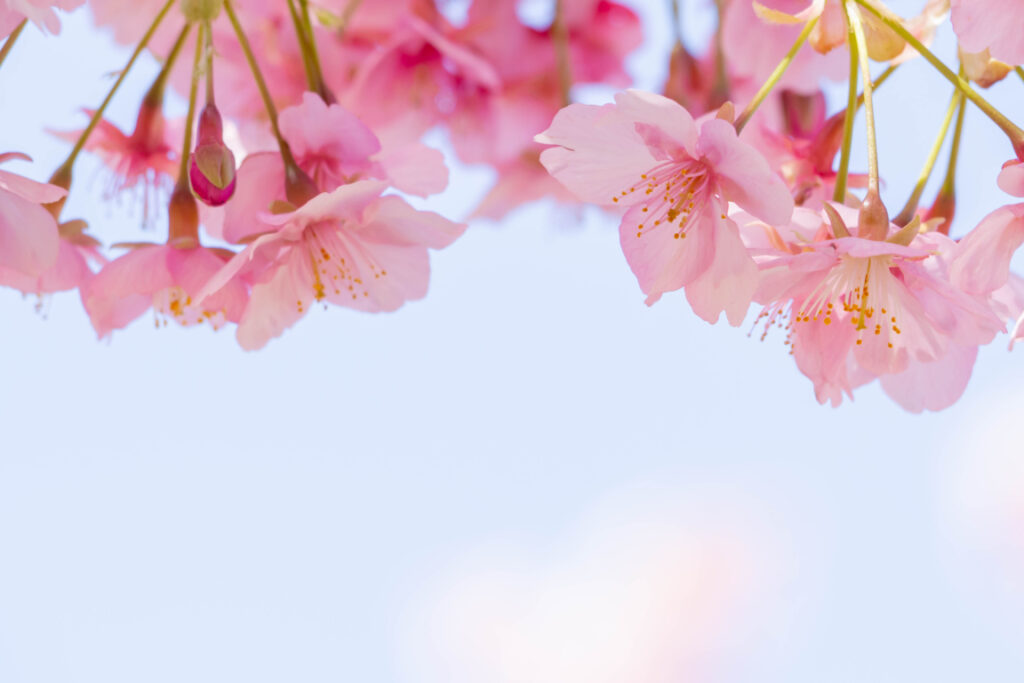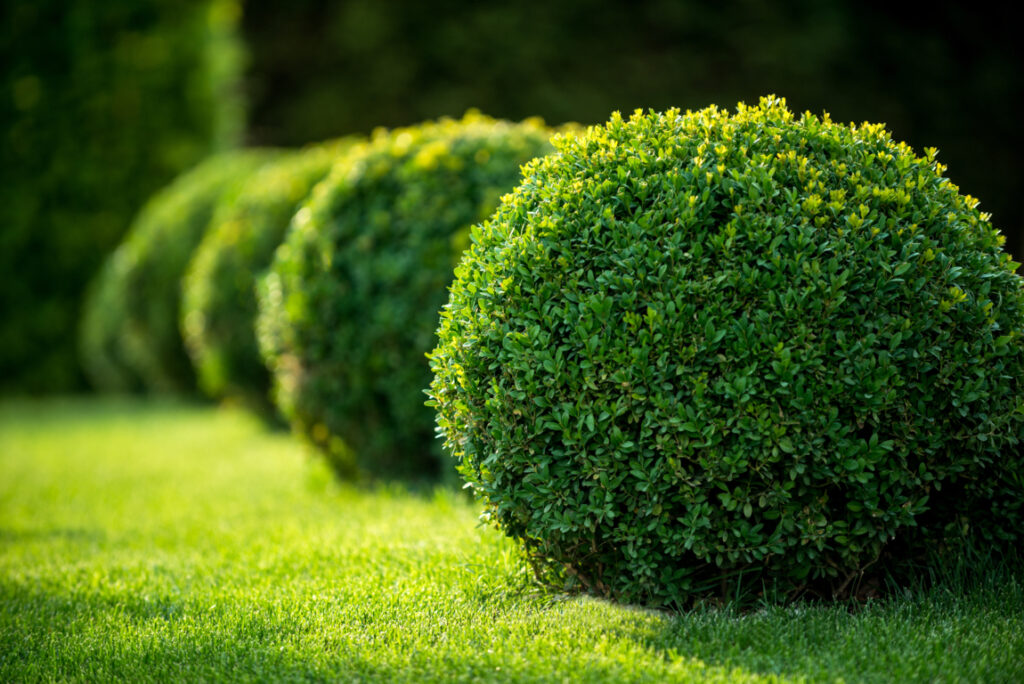Bonsai is an art developed in China thousands of years ago, known as ‘penjing‘. It was then re-developed in Japan as ‘bonsai’, the art of keeping trees small and compact, planted in a tray. Since then, bonsai has spread worldwide, with various different takes on bonsai as seen in Europe. So what does a bonsai tree represent? Let’s begin with the history.

A Brief History of Bonsai
When bonsai was developed in China, it was seen as a status symbol for the elite of society, with trees grown only by the wealthy. Bonsai were seen as symbols of patience, harmony and balance. Zen buddhists believe that bonsai are objects they can contemplate or meditate on.
After discovering interesting and gnarled trees growing high in the mountains in China, people developed techniques of pruning and wiring trees which helped to recreate what they had found in the mountains. Pruning and wiring gives young trees an older appearance.
Bonsai was introduced to Japan by Chinese monks.Japanese Zen buddhist monks learned and took in the techniques vital in recreating these trees. It later became known as bonsai.
The Symbolism of Bonsai Trees
Growing and developing a tree into a bonsai can take many years of patience and learning – somewhere around ten to fifteen years. In this timeframe, the tree must have proper care, with meticulous and sophisticated techniques applied to a tree in order for it to become a bonsai.
Due to this, there is much symbolism behind bonsai trees. They represent many different things, all of which are open for interpretation to the practitioners or theorists!
Wealth
As mentioned earlier in the article, penjing was developed by the Chinese and trees were grown by the elite and wealthy. The trees were also used in Japan as house decoration. Bonsai take great care to grow and develop, which symbolizes the owners’ wealth.
New Beginnings
Growing a bonsai tree can symbolize a new beginning. We are giving a tree a new, fresh life by taking a tree from nature (yamadori) or simply buying one from a nursery and turning it into a bonsai tree. It will be potted in a container and cared for meticulously in its new life, unlike the natural life cycle in nature where it fends for itself.
Peace
When I think of bonsai trees, I usually associate them with peacefulness. I can get engrossed in working on a tree for hours at a time without even noticing my surroundings. This is like the peace of being in nature, surrounded by trees.
Which Bonsai Species have Specific Meaning?
Japanese Maples
Japanese maples are a commonly used species for bonsai, donning bright red, orange and yellow foliage. They are a staple in Japanese literature and art, one of the most popular trees. They are commonly associated with peace in asian culture – symbolizing practicality and balance. Another thing they symbolize is beauty – the bright red foliage of maples is lovely to see and is associated with beauty and elegance in many cultures.

Ficus
Being one of the most popular trees to get for a first-time bonsai practitioner, ficus also represents many different things. They are found all over the world. In the Middle East, ficus trees are seen as symbols of peace and abundance while also symbolizing unity. It is believed that just being around a ficus tree can positively affect mood.

Jade
Jades are succulents with many different names, such as the money plant and friendship tree. They are famous among bonsai practitioners due to their tolerance for pruning and small size. According to Feng Shui (Chinese geomancy), they represent good luck and help to attract wealth. While doing so, they also symbolize friendship when they flower – signifying good energy and the ‘fragrance of friendship’.

Juniper
What does a juniper bonsai tree represent? Junipers are conifers which are native to England and most of the northern hemisphere, being able to grow in the wildest of conditions where most other trees or plants cannot survive. They are commonly used in bonsai, with many specimen trees demonstrating their age and gnarl in shows worldwide. They represent purification in many cultures while also symbolizing protection and being used to ward off evil spirits. Due to their growth habits, they also represent power, they demonstrate the ability to overcome the challenges life throws at you.

Oak
An oak is one of the most popular and most commonly known trees in the world. They are prevalent worldwide, symbolizing knowledge (a wise old oak!), strength and health. In some cultures, oaks are linked to gods, also full of wisdom. They are also used in bonsai because their bark gives them an older appearance. They can withstand a lot of pruning and have strong trunks, making them ideal.

Chinese Elm
A Chinese elm is another common species to be used for bonsai. Native to Southeast Asia, they can grow up to around 80 feet tall. With their small leaves and tolerance for pruning, they are a pretty popular choice.. They represent harmony and love, symbolizing wisdom and intuition.

Azalea
Azaleas have long been associated with beauty and love, showing off their beautiful flowers for thousands of years. The flowers are typically linked with femininity, and represent passion and love. Azaleas are also widely used in bonsai, contributing their unique flowers for around a month of the year.

Cedar
In Native American tribes, cedars are very important. They are used like a herb that can purify, used as incense, and in ceremonies. Therefore, they are associated with prayer, protection and healing. Because of the growth habits of cedars, they can represent immortality. Cedar’s apex supposedly ‘points to the heavens.’ Cedars can also symbolize strength and eternity due to their long living lives.

Cherry Blossom
Native to Asia, cherry blossom trees are a stunning sight which is a must-see in your lifetime. They can produce a wide variety of flowers, ordinarily pink. It is Japan’s national flower, carrying a lot of cultural significance. To Buddhist monks, they represent mindfulness and mortality because of their short blooming season. They usually flower in spring, signifying the rebirth and renewal of the tree, putting out unique flowers that indicate summer is coming.

Boxwood
Boxwood are evergreen trees which are used for bonsai. They’ve been most commonly used in christianity for shelter and their wood to make tablets. They are native to West Asia, Western Europe and North Africa. Due to their slow growth and longevity and the fact they keep their leaves, they represent immortality.

So, What Does a Bonsai Tree Represent?
Bonsai trees can represent different things, depending on the person. The most common themes represented by bonsai are patience, balance, harmony, immortality, eternity and love.
Frequently Asked Questions (FAQ)
What is the meaning of bonsai?
Translated from Japanese, it means ‘planted in a container’. It’s an ancient horticultural practice. However, it can mean different things to many people. Bonsai can represent things such as love, harmony, balance, peace, immortality and eternity. Many different cultures have their own take on it.
What is special about a bonsai tree?
Bonsai are manipulated into becoming small, compact trees which differ completely from how they would grow in nature. While they may still look like a tree in nature, they are cared for differently and have many different styles applied to them, which generally mimic nature. For example, the cascade style (Kengai) is most commonly found on trees high up in the mountains, particularly junipers. However, if a tree has the proper growth habit, we can develop it into this style.
What religion is associated with bonsai?
Most commonly, Zen Buddhism is associated with bonsai. This is because Japanese monks, who were Zen Buddhists, helped to introduce bonsai along with Chinese monks during the Kamakura period. The Japanese re-developed many Chinese practices adding their own take.



